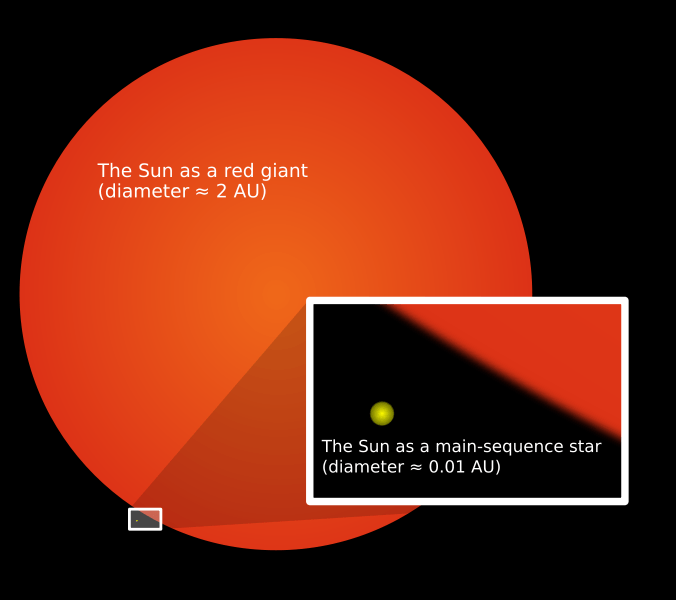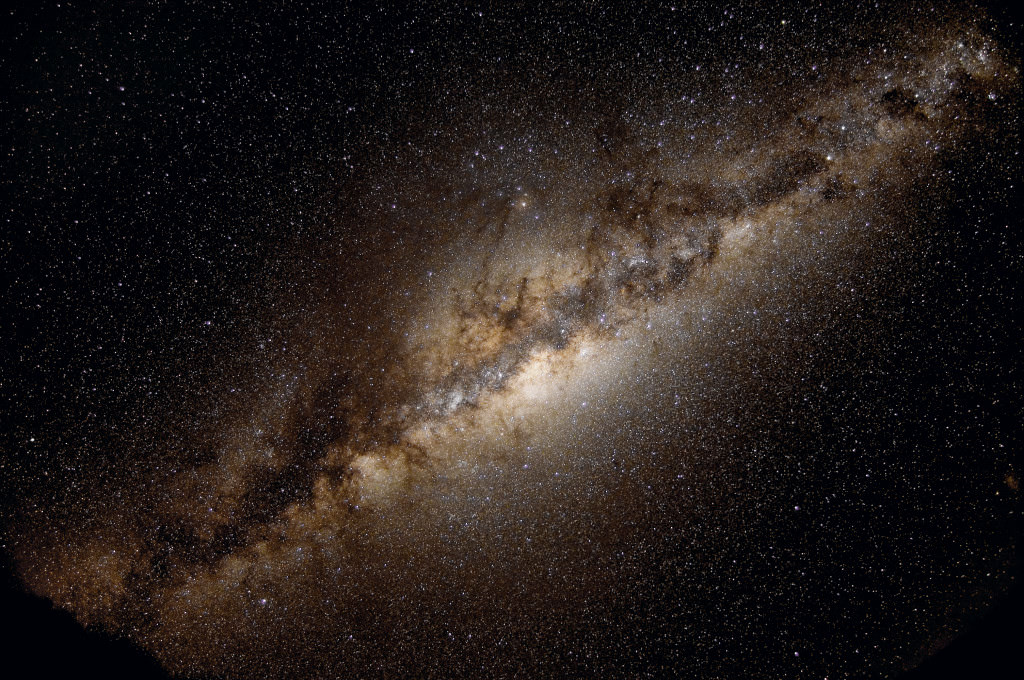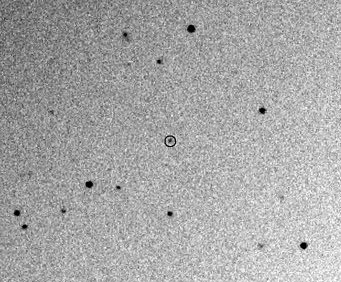[/caption]
Unless you’re Superman or a rattlesnake and can see in X-ray or infrared, there are aspects of night sky you are missing out on. These days, the wonderful assortment of telescope and spacecraft data at our disposal allow us to “see” our universe in the different wavelengths which otherwise are invisible to our limited human vision. Now, there is a quick and easy way to take advantage of this data to explore various spectra, and it’s portable, too. At the dotAstronomy Conference today, a group of astronomers have revealed a new online tool: Chromoscope. The site shows the sky in a range of wavelengths, from high-energy gamma rays through to the longest radio waves, and allows users to move easily around the night sky and switch seamlessly between different wavelengths.
“We wanted to see the whole sky in the different wavelengths,” said Stuart Lowe, lead developer of the project, from the University of Manchester. “You can do that with Google Sky and WorldWide Telescope, but we also wanted to have the ability to use it without an internet connection. You can download Chromoscope to a computer and run it on your laptop, or use it during a presentation where you don’t have access to the internet.”
Additionally, the entire platform is small enough that it can be downloaded to a memory stick and shared with others.
A standard, modern, web browser is all that you need to use Chromoscope so there is no need to install any extra software, plugins or learn a new interface. Being platform independent means that whether you use Windows, Mac or Linux, it should still be accessible.
Plus, it is extremely easy to use.
“Chromoscope sheds new light on familiar objects,” said project member Robert Simpson, from Cardiff University, “such as the Orion nebula, our closest stellar nursery. This view of the Universe has been familiar to professional astronomers for a long while, but Chromoscope makes it accessible to everyone.”
This video of how to use Chromoscope was created by Douglas Pierce-Price, one of the attendees at the dotAstronomy conference:
Chromoscope was created using public-domain datasets from a number of all-sky astronomy projects. It has a simple user-interface that lets you easily move around the sky and fade between wavelengths, illustrating the similarities and differences between what is visible at each wavelength.
“This allows people to see the connections between the night sky we see with our own eyes and the sky that astronomers explore in different wavelengths, such as radio and the infrared,” said Lowe.
The project involves data from ROSAT (X-ray), the Digital Sky Survey (optical), IRAS (infrared), WMAP (microwave) and other all-sky astronomical surveys. There are more wavelengths lined up and ready to go in the near future.
Lowe said the most challenging aspect of the project was building the “slippy map” similar to what is used on Google Sky, from the ground up. “The other challenge was compiling all the data in the different wavelengths in a form that we could use and make it interchangeable.”






